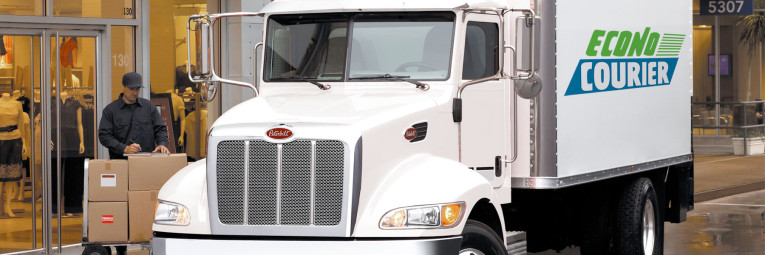
“LTL” vs. “TL” Shipping- Why LTL might be the right option for you
There are a variety of factors that go into freight shipping costs. Understanding these factors can help you make the right decision to suit your financial and timing needs for your next shipment.
What is LTL Shipping?
The general freight carriers in the US offer two types of services: “ Truckload” (TL) services or “Less-Than-Truckload” (LTL). Less Than Truckload shipping is for deliveries of products that typically take up less than a full 48- or 53-foot trailer. LTL is a good alternative for any shipments that are too large to be sent as parcel but too small to fill an entire truckload.
While the TL carrier moves full containers or trucks of one product from one customer, the LTL carrier moves goods from many different customers – all on one truck.
Benefits of using LTL
Choosing LTL shipping has its benefits- having more control, decreased costs, and more flexibility. The biggest benefit of LTL shipping is the cost; choosing this method of shipping doesn’t require you to hire a full-size trailer for shipments, enabling you split the cost of the truck with other companies.
Not only is LTL cost-effective, but when you choose Econo-Courier as your expedited handler, we minimize the handling of your items reducing the potential for damage. At Econo courier, our trucks are equipped to keep your assets secure during transit.
Another advantage of LTL shipping with a carrier like Econo-Courier gives the option to add on the accessory services that are not available with most common carriers. Unlike some truckload carriers, LTL carriers can specialize in different services, which may include lift gate service at pickup or delivery, residential (also known as “non-commercial”) service at pickup or delivery, inside delivery, notification prior to delivery, freeze protection, and more. Not all of the “boutique-style” services are offered by common carriers and are generally associated with expedited carriers. This is another way that Econo-Courier works to ensure your items are delivered on time without worry.
How Do LTL Shipping Rates Work?
The main factors that play into LTL shipping rates are distance, weight, classification of freight and the accessorials (optional added services). Lets talk about these in detail:
Distance: In most cases, longer the transit, the higher the price.. Most LTL carriers only stick to a specific geographic region, so it’s important to consider what areas a carrier services. If the shipment is sent to a location outside a carrier’s normal service area, the carrier will transfer the shipment to another LTL carrier for final delivery. This process is called interlining, which typically results in higher costs.
Weight: Typically, LTL shipments weigh between 151 and 20,000 lbs. Freight weight is measured per 100 lbs. (CWT). Density also plays a role in the pricing calculation; once the density and weight are calculated, the freight can then be classified.
Freight Classification: The class is determined by product density, handling, liability, value and stow-ability. “Lower classes” consist of more dense freights and these come with lower rates. “Higher class” freights are lighter and less dense, and may come with higher rates.
Accessorials: As we mentioned before, these extra services may include lift gate services, residential pickups or deliveries to limited access locations (i.e construction sites, store fronts, office buildings, churches, schools, etc.) , inside delivery, time certain delivery, appointments and more. Sometimes these items are added on with a flat rate, and they can even be done at no additional cost depending on other factors.0
At Econo-Courier, we can help you determine the right service for you. Are you interested in using our LTL shipping services? Or would you like more information about our LTL service and coverage areas for same-day or next-day delivery? Find our more by contacting our logistics department at (973) 882-8004 or (800) 826-9094 or visit us online at www.Econo-Courier.com.
Recent Posts
Contact Info
75 Lackawanna Ave, Unit B
Parsippany, NJ 07054
Phone: (800) 526-9094
